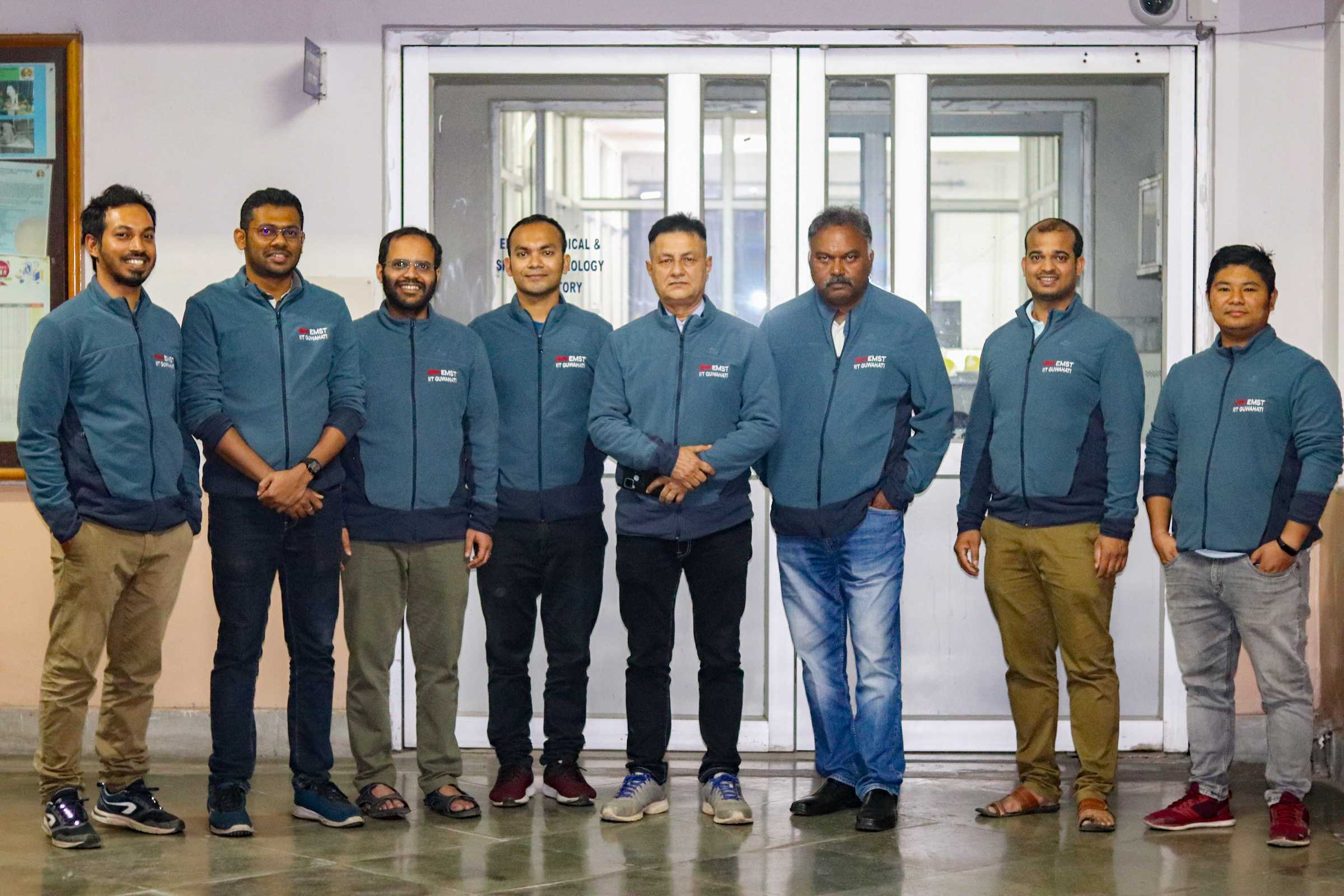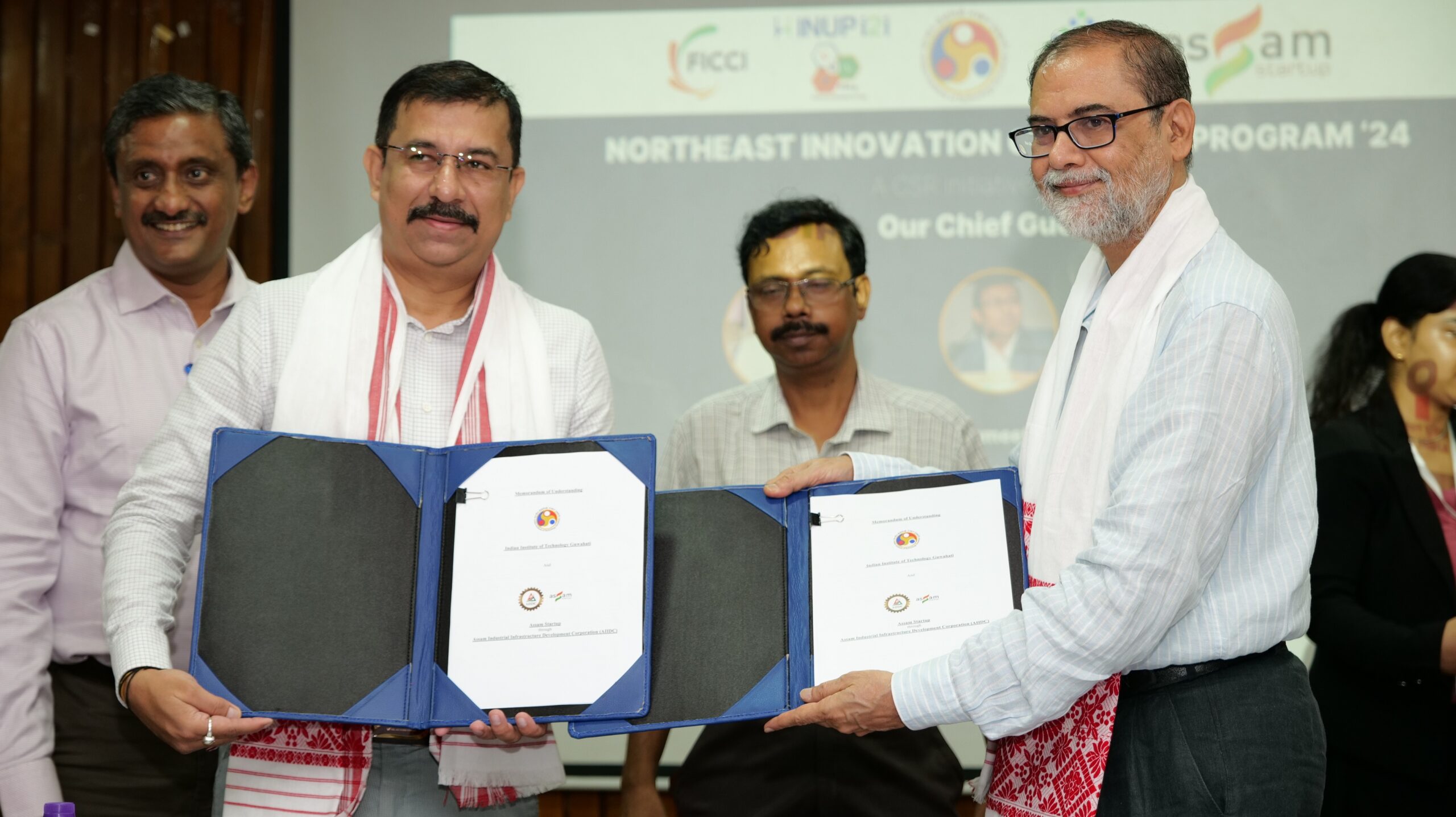• The patented technology can generate “artificial voice” from vocal cord vibrations
• Comparison tests showed the reconstructed speech signals to be clear and comparable to traditional speech, offering potential benefits for speech-impaired individuals and medical applications
 KRC TIMES Education Desk
KRC TIMES Education Desk

Researchers at Indian Institute of Technology Guwahati have achieved a significant breakthrough in the field of speech technology with the development and patenting of “LOQU”, a novel method to generate human speech signals directly from vocal cord vibration signals.
Speech production begins with airflow from the lungs through the windpipe, facilitated by the larynx or voice box, which acts as a conduit between the throat and windpipe. Inside the larynx are the vocal cords or vocal folds, regulated by the glottis, controlling airflow between the lungs and mouth. The voice box adjusts the space between vocal folds to create sounds, which travel through the vocal tract, modulating in volume and pitch to form “voice.”
During speech, vocal folds vibrate due to intrinsic laryngeal muscle movement. In some cases, like mutism from apraxia, individuals may have normal vocal fold vibration without sound production due to coordination issues in tongue or throat muscles essential for speech.

Under the guidance of Prof. Samarendra Dandapat, Department of Electronics and Electrical Engineering, and led by Dr. L.N. Sharma of IIT Guwahati, the team including Mr. Pharvesh Salman Choudhary, Mr. Sibasis Sahu, Mr. Debasis Jyotishi, Mr. Moirangthem James Singh, Mr. Samarjeet Das, and Mr. Yengkhom Omesh Singh, has created "LOQU." Derived from the Latin word for "To speak or talk," this technology captures vocal fold movement without invasive procedures, utilizing sensors placed over the throat. This innovative approach allows for the reconstruction of speech signals from vocal cord vibrations, offering promising applications for speech-impaired individuals and medical settings.
Speaking about the developed device, Prof. Samarendra Dandapat, Department of Electronics and Electrical Engineering, and lead of the Electro Medical and Speech Technology Group, IIT Guwahati, said, “This breakthrough holds immense promise for individuals facing speech impairments, offering a viable solution with clear and comparable speech signals, as demonstrated in comparison tests. With ‘LOQU,’ we aim to empower those in need and drive impactful innovations in the medical and communication domains.”
Explaining the research, Dr. Sharma stated, “Our method involves capturing vocal fold vibrations using non-invasive sensors and processing these signals electronically to generate speech harmonics. The resulting speech signals closely resemble traditional speech, as validated through comparison tests with signals recorded using conventional microphones.”
The reconstructed speech signals have been found to be clear and comparable to traditional speech in extensive comparison tests. These results hold significant potential for individuals struggling with speech impairments, offering a viable alternative to traditional microphones, and enhancing speech clarity.
The prototype of LOQU has been developed on a laboratory scale at a cost of under INR 2000.
The patented technology (Indian Patent No.: 510923, Grant Date: 15/02/2024, App No. 201831006870) represents a significant milestone in speech research and innovation, with ongoing clinical testing aimed at further validating its effectiveness and exploring diverse applications in medical and communication fields.
Advertisement | 5E for Success






